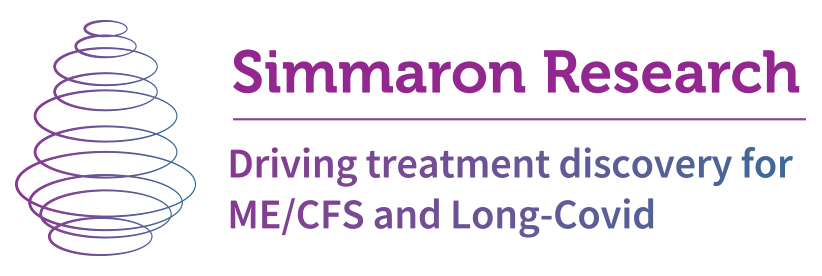
A game-changer for ME/CFS
Our mouse models are so much bigger than just us. They are must-have research tools that:
create a playground for discovery
attract investment by pharmaceutical companies
spur research inside and outside of the community
help trials meet stringent requirements for FDA approval
How do we show ME/CFS in a mouse?
There is no such thing as a perfect mouse model. Many diseases have multiple models, and ME/CFS will be no different. Our models focus on the cardinal symptoms of our patient group:
Model 1:
Post-Exertional Malaise
*UNDERWAY IN 2023
Model 2:
Orthostatic Intolerance/POTS
*COMING SOON
Model 3:
Neuro-inflammation (Brain Fog)
*COMING SOON
The science behind the mouse: ATG-13
Our ground-breaking, award-winning science revolving around the protein ATG-13 has paved the way for an animal model.
ATG-13 should normally be in the cell where it can help begin the important “clean-up” process of autophagy. In ME/CFS patients, we found ATG-13 had been phosphorylated and was outside the cell, crossing the blood brain barrier and setting off inflammatory molecules in the brain.
How does this become a mouse model? We start with a finding in patients and model that finding in mice. So, we are reproducing this dysfunctional autophagy in mice and measuring their performance. The key moment comes if the mice display cardinal symptoms of ME. Then we then have a model to study how to correct the symptoms.
The science minded can read publication about ATG-13 here.
We intend to test other findings from ME/CFS patients to see if they make mice display symptoms like PEM, POTS or brain fog.
Help change the game for ME/CFS research
What can the community expect?
Mouse models give us real hope for spurring discoveries and encouraging participation by pharmaceutical companies and outside researchers. We are working diligently to develop these mouse models quickly within the next couple years.
-
Absolutely. The process of creating a mouse model has already contributed to new findings. Mouse models invariably increase participation by researchers and pharmaceutical companies, and they will help us turn findings into treatment trials.
-
Models for all three hallmark symptoms (PEM, POTS, and brain fog) will be a couple years in the making. We will be publishing results along the way, so subscribe to our newsletter and you may hear the next announcement before the end of the year!
-
Some of the mechanisms we are studying have possible treatments in the market, and we hope to spur treatment trials quickly, even if more precise medications would take years to develop. Animal models will spur interest of researchers and pharmaceutical companies, essential if we hope to see a reasonable number of treatment trials for ME in the next five years.


